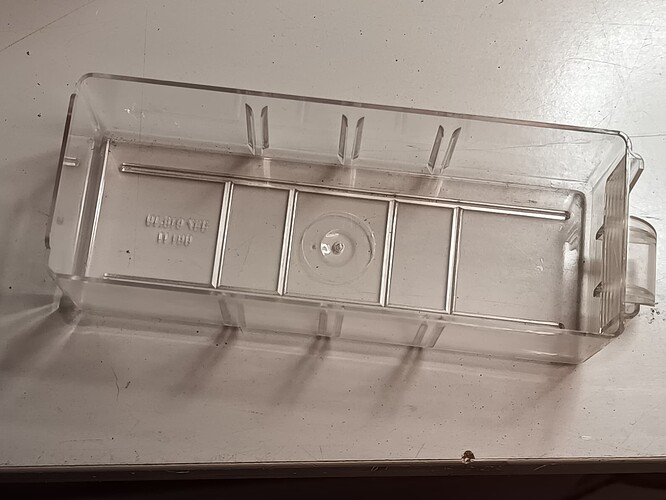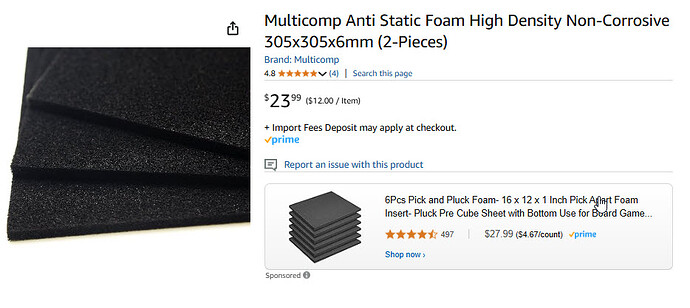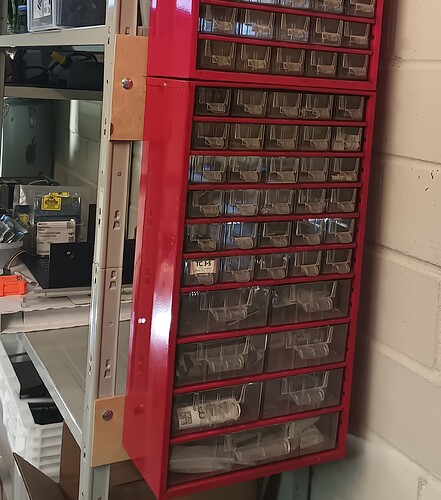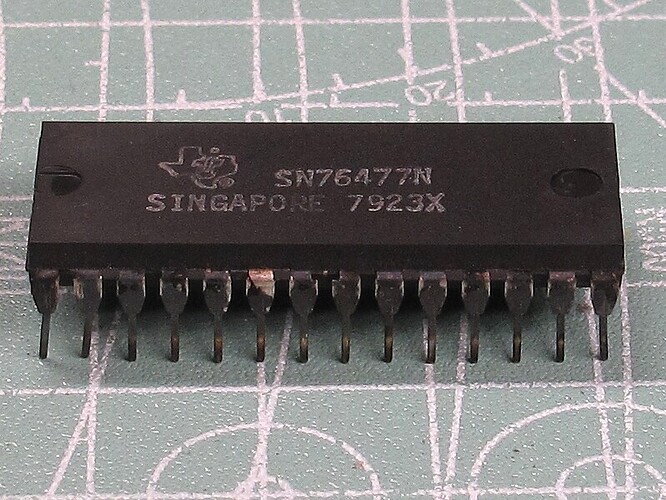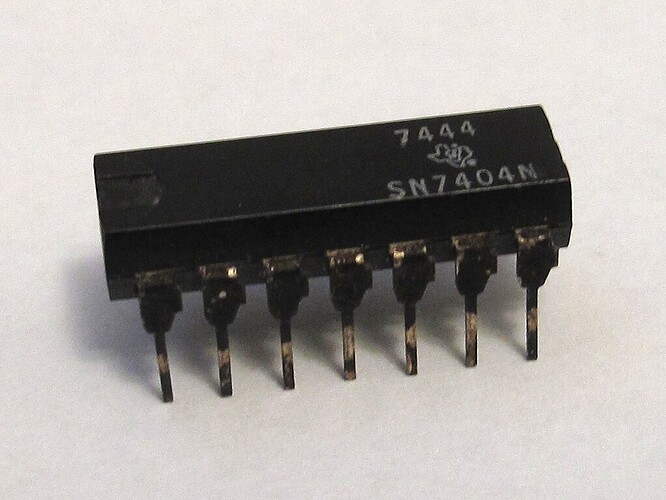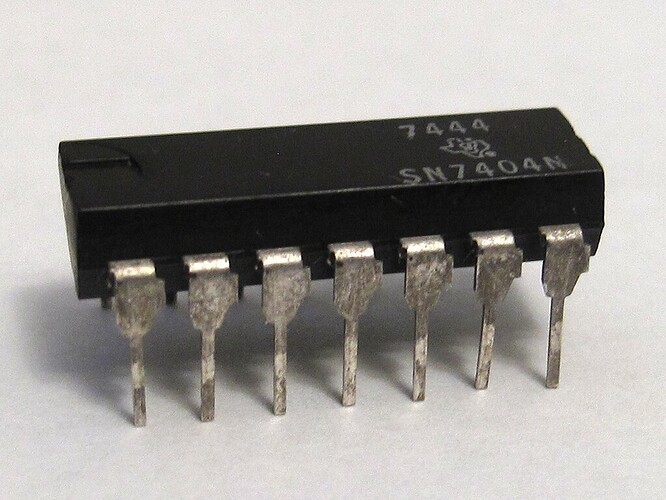What can be used inside a drawer such as this one to ESD proof it?
"AntiStatic Spray", available through most electronics storefronts here in Ontario.
Does it stick?
That I have my doubts about - contents listed as Ethyl Alcohol, IsoButane, and Propane. So my guess is, about three eyblinks after application, it's mostly evaporated. And, reading the label, if you use too much in a contained environment, you'll either poison yourself, or blow yourself to kingdom come. Your choice.
However, it's about all I could find for the purpose. We weren't concerned about longer-term efficacy.
The more traditional solution would be black antistatic foam, or the more modern pink equivalent, but I don't know where to buy it; I'd want sheets I could cut into strips to fit similar drawers.
I got plenty of that from misc electronics, hardrives being one good example.
Good point. I wonder if the Costco Phone/TV/Electronics section has any - they've been good to me in the past.
Costco etc is unknown to me, I've only seen some sharter vids from there. But I know where to go - computer businesses if they are into hardware service. They must have oceans.
Those are the propellant and the carrier for the static conductive material.
The approach I use is to store the parts in electrostatic dissipative resealable bags. The bags provide the protection, so I don't need to worry about ESD-proofing the storage system. The bags also protect the parts from dust and moisture.
In cases where the parts have delicate pins, I also use electrostatic dissipative or anti-static foam inside the bags to prevent the pins from getting bent. The foam is only for mechanical protection, as the bag alone is sufficient for ESD shielding. However, it is important to use anti-static foam to avoid introducing a source of ESD inside the bag. Electrostatic dissipative foam is surplus to requirements in this use case, but I just reuse the foam I have accumulated from parts orders.
Solarbotics in Calgary has it in sheets. The good polyethylene stuff, not the "eats the legs off your ICs in a few years" polyurethane foam. They're been very accommodating about leaving it in one large piece if you're ordering more than a few of the sheets and would like it all in one.
![]()
"One does not simply put ESD bags into small drawers"
- J R R Tolkien's great grand child
Right now I store most of the ESD sensitive parts in the bags they came in, a few in resealable ones. What I have against them is they need space. The drawer I uploaded a photo of show slits to insert walls in, and bags simply won't fit the smaller compartments. (I wanna maximize space available)
This is one of the drawer cabinets, and in the background my current storage is visible ![]()
Can the legs turn black also, like they are heavily oxidized?
If this is the kind of thing you mean, TI chips from the 70s were fairly famous for it. If I recall correctly, it was attributed to the tinning that was done to the pins.
- Wonder if soaking them in silver polish solution would remove this ?
![]()
It might be interesting to try it out on a sacrificial chip and discover whether it's tin oxide (SnO) or silver sulphide (Ag2S). I'm not sure my usual boiling water/aluminum foil/baking soda/salt method of cleaning silver would be safe though.
A 50 year old SN7404 volunteered to take a hot bath in the name of science.
Before
After
At least part of the black was silver sulphide. The usual reaction happened and there was a whiff of hydrogen sulphide. The tarnish didn't "vanish before my eyes" like it does with silverware, but after sitting and bubbling for a few minutes I took the '04 out of the bath, gave it a quick rinse and a wipe down. You can see the result. Wherever the pins were black is now gray and a bit rough looking. My guess would be that some percentage of silver went into the tinning, and the coating was thin enough that the silver is now gone and we're seeing the base metal underneath.
![]()
- Now I wander if that process removes the wrinkles from an old man’s face ?
![]()
